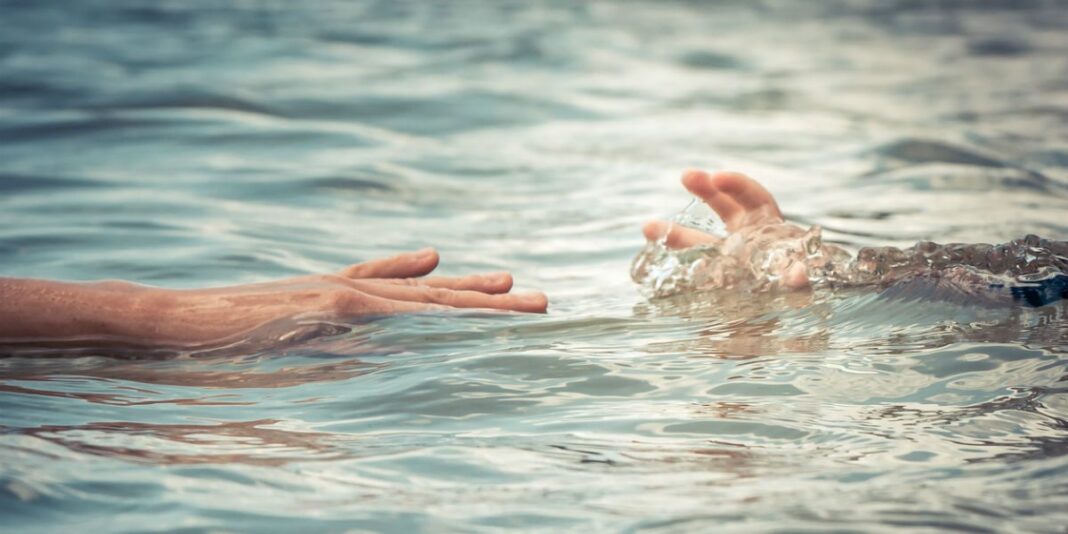-
-
Outline
- What Is Drowning?
- H2: Definition and Overview
- H3: Types (Dry, Secondary, and Silent)
- Understanding the Causes
- H2: Common Causes
- H3: Environmental Factors
- H3: Individual Risk Factors
- Symptoms
- H2: Recognizing the Early Signs
- H3: Physical Indicators
- H3: Behavioral Cues
- Statistics and Impact on Society
- H2: Global Statistics
- H3: Age Groups Most Affected
- H3: Impact on Families and Communities
- Prevention Techniques
- H2: Water Safety Tips for Adults and Children
- H3: Learning to Swim
- H3: Supervision and Buddy Systems
- H3: Safety Equipment Use
- The Importance of Learning CPR and First Aid
- H2: How CPR Can Save Lives
- H3: Steps for Administering CPR Victims
- H3: Importance of Quick Response
- How to Respond in a Emergency
- H2: Steps to Take
- H3: Assessing the Situation and Calling for Help
- H3: Safe Techniques for Rescue
- Myths and Misconceptions
- H2: Debunking Common Myths
- H3: Always Loud and Visible”
- H3: “Only Children Are at Risk”
- Understanding Dry and Secondary
- H2: What Is Dry?
- H2: What Is Secondary?
- Treatment and Recovery after a Incident
- H2: Immediate Medical Care Needed
- H3: Hospitalization and Monitoring
- H3: Long-Term Health Implications
- Psychological Impact of Incidents
- H2: Emotional Consequences for Survivors and Families
- H3: Dealing with Trauma
- H3: Therapy and Counseling Options
- The Role of Lifeguards
- H2: Importance of Lifeguards at Pools and Beaches
- H3: Lifeguard Training and Skills
- H3: How They Act During Emergencies
- Programs and Campaigns
- H2: Awareness Initiatives Worldwide
- H3: Organizations Focused on Water Safety
- H3: Impact of Prevention Campaigns
- Tips for Parents and Caregivers
- H2: Ensuring Water Safety for Children
- H3: Educating Children About Water Safety
- H3: Childproofing Pools and Homes
- Conclusion
- Summary of Key Points
- Call to Action for Water Safety Awareness
- What Is Drowning?
-
Introduction
Drowning is a devastating yet preventable tragedy that affects countless lives globally every year. Understanding what drowning entails, recognizing the risks, and knowing how to respond can make all the difference in saving lives. In this article, we’ll explore the causes, signs, and preventative steps that can help prevent drowning incidents.
What Is Drowning?
Definition and Overview
It occurs when an individual is unable to breathe due to submersion in water. It can result in death, severe brain injury, or a life-threatening emergency. Drowning isn’t always dramatic; it can happen silently and swiftly.
Types
- Dry: This occurs when a small amount of water causes the vocal cords to spasm, obstructing the airway and making it difficult to breathe.
- Secondary: Happens hours after a near-drowning incident when water in the lungs causes inflammation, leading to respiratory distress.
- Silent: Often, drowning goes unnoticed due to a lack of splashing or vocal cues, hence the term “silent.”
Understanding the Causes
Common Causes
It incidents often stem from factors like inexperience, inability to swim, and environmental dangers. However, even experienced swimmers can be at risk in certain situations.


